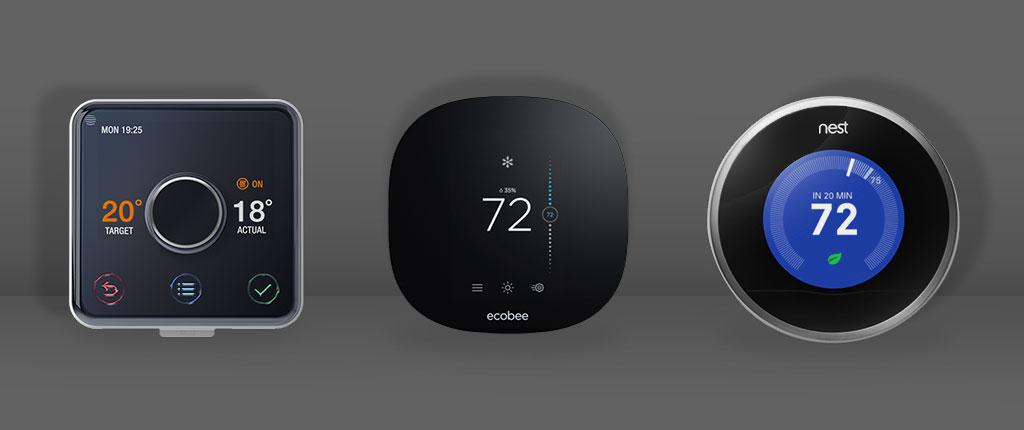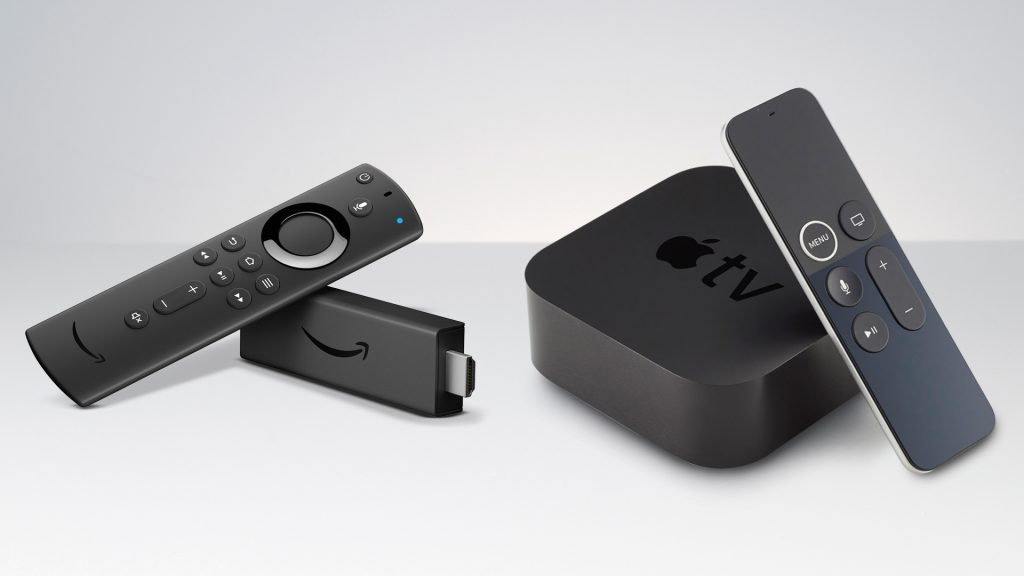Smart Homes on a Budget:
Start Small, Scale Up, and Choose the Right Ecosystem
The idea of a smart home can seem like an expensive luxury, but it doesn’t have to be! With the right mindset and a few well-chosen gadgets, you can build a smart home on any budget. By starting small and scaling up over time, you can enjoy the convenience and security of home automation without breaking the bank. The key is to focus on what you need first and choose devices that integrate well together—whether you’re in the HomeKit ecosystem or using Amazon Alexa.
In this guide, we’ll explore affordable options for lighting, heating, entertainment, and networks, including popular brands like UniFi, TP-Link, Heatmiser, and Apple TV. Let’s get started!

1. Lighting: Philips Hue or Lutron or Smart Plugs —What’s Your Style
One of the simplest ways to dive into smart home automation is with smart lighting. It’s noticeable, easy to control, and relatively affordable, depending on the brand you choose.
- Philips Hue is the go-to for many beginners. The bulbs are easy to install, and you can start with just one or two in high-traffic areas like the living room or bedroom. The beauty of Hue is that it integrates smoothly with Apple HomeKit for iPhone users, but also works with Amazon Alexa. You can set the mood with custom lighting scenes, control the bulbs remotely, and even set up automation routines like turning off all lights when you leave home.
- If you’re looking for a more integrated and long-term lighting solution, Lutron RA2 or the newer RA3 is a fantastic option. While Lutron systems tend to cost more upfront, they offer control over entire circuits, but the RA2 And RA3 system are way cheaper than the full blooded homeworks QS version. meaning you can smarten up a whole room or your entire house with a single setup. This system also plays nicely with HomeKit or Alexa, giving you full voice control through your chosen ecosystem.
- Smart Plugs play a massive part now in the smart lighting industry. You can use smart plugs, lamps and 5amps for your ecosystem, and the best part is they are super cheap, and there are many good ones on the market now. Start small by automating your main rooms, then add more bulbs or circuits as your budget grows.
2. Heating: Heatmiser, Honeywell, or Google Nest?
Heating is where a smart home can really start saving you money. A smart thermostat helps you regulate your home’s temperature more efficiently, ensuring you’re not heating an empty house or overpaying on energy bills.
- Heatmiser is a solid choice for those who want straightforward, efficient heating control. Particularly popular in the UK, it integrates well with HomeKit, allowing you to adjust the temperature from your iPhone or with Siri. You can even control multiple zones if your home has different heating areas.
- Honeywell Home offers an affordable and user-friendly solution, working with both HomeKit and Amazon Alexa. Honeywell thermostats are known for their reliability and straightforward app controls, making them a good choice for beginners.
- Google Nest Thermostat brings a bit of style and smarts to your heating system. It’s on the pricier side compared to Honeywell, but it learns your habits over time and adjusts the temperature automatically to save energy. While Nest doesn’t natively work with HomeKit, it integrates perfectly with Google Assistant and Amazon Alexa—so if you’re in those ecosystems, it’s a seamless addition.
The beauty of these smart thermostats is that they’re all scalable. You can start by controlling just one zone (like your main living area) and add more as your budget or needs evolve.

3. Networking: UniFi vs. TP-Link—Solid Foundations
Every smart home runs on a strong network, so choosing the right router or mesh system is crucial. If your network isn’t reliable, even the best smart home gadgets will fall short.
- UniFi by Ubiquiti is the top choice for those who want enterprise-level performance in their home. It’s a bit more of an investment, but UniFi routers and access points offer robust Wi-Fi coverage, meaning your smart devices will stay connected without hiccups. This is especially useful if you plan to add a lot of devices over time. It’s a more advanced setup, but if you’re serious about your smart home, UniFi is worth considering.
- For those on a tighter budget, TP-Link Deco mesh systems provide solid performance at a fraction of the price. It’s easy to set up and will cover your home with reliable Wi-Fi, ensuring that devices like your smart thermostat, lights, and security cameras don’t lose connection. TP-Link also offers devices that work with HomeKit and Alexa, so no matter which system you’re using, you’ll be covered.
4. Entertainment: Apple TV or Fire Stick?
Entertainment is often the centrepiece of the home, and adding some smarts here can make a big difference in how you enjoy your downtime. Two of the most popular options are Apple TV and Amazon Fire Stick, and both have their strengths.
- Apple TV is perfect for those in the HomeKit ecosystem. It’s not just a media streamer but also acts as a HomeKit hub, allowing you to control your smart devices remotely and via voice commands using Siri. With Apple TV, you can stream your favourite shows, movies, and music, and control everything from your smart lighting to your thermostat—all from one place. It’s a bit more expensive than some other options, but if you’re already using Apple products, it’s a seamless addition.
- On the more budget-friendly side, the Amazon Fire Stick or Fire TV offers excellent media streaming capabilities with the added bonus of Alexa integration. While it won’t act as a smart home hub like Apple TV, it does let you control your Alexa-enabled devices through your TV. If you’re in the Amazon ecosystem, it’s an affordable way to bring smart control into your living room.
Whether you go with Apple TV or Fire Stick, both options allow for hands-free control of your smart home devices and offer seamless integration with your chosen ecosystem.

5. Scale Up Gradually—There’s No Rush!
Here’s the trick to building a smart home on a budget: start small, and add to it over time as you learn what you actually need. Begin with the essentials like smart lighting and heating, then add more advanced features such as security cameras, smart locks, or whole-home networking when you’re ready.
- Philips Hue or Lutron RA2 lighting for a few rooms today? Great. Expand the system throughout the house when your budget allows.
- Heatmiser, Honeywell, or Nest to control your heating efficiently? Start with one zone, then control multiple areas of your home as your system grows.
- A UniFi or TP-Link mesh network will make sure your devices stay connected as you add more gadgets.
- And for entertainment, why not start with an Apple TV or Fire Stick, which can also serve as your smart home hub?
The best part about building a smart home is that it’s scalable. Don’t feel pressured to have everything from day one. Your home will become smarter over time as you grow your system at your own pace, allowing you to stay within your budget and make choices that suit your lifestyle.
Conclusion: Build the Smart Home That Suits You
There’s no need to dive in headfirst when it comes to building your smart home. Start small, focus on the areas that matter most to you, and build up as you go. Whether you’re team HomeKit or team Amazon Alexa, you have plenty of affordable options that allow you to scale up without feeling overwhelmed or overspending. A few smart bulbs today, a smart thermostat tomorrow, and before you know it, your home will be running smoothly on autopilot!
Remember, the best smart home is the one that grows with you. Start with your priorities, choose wisely, and enjoy the journey!




Post Comment